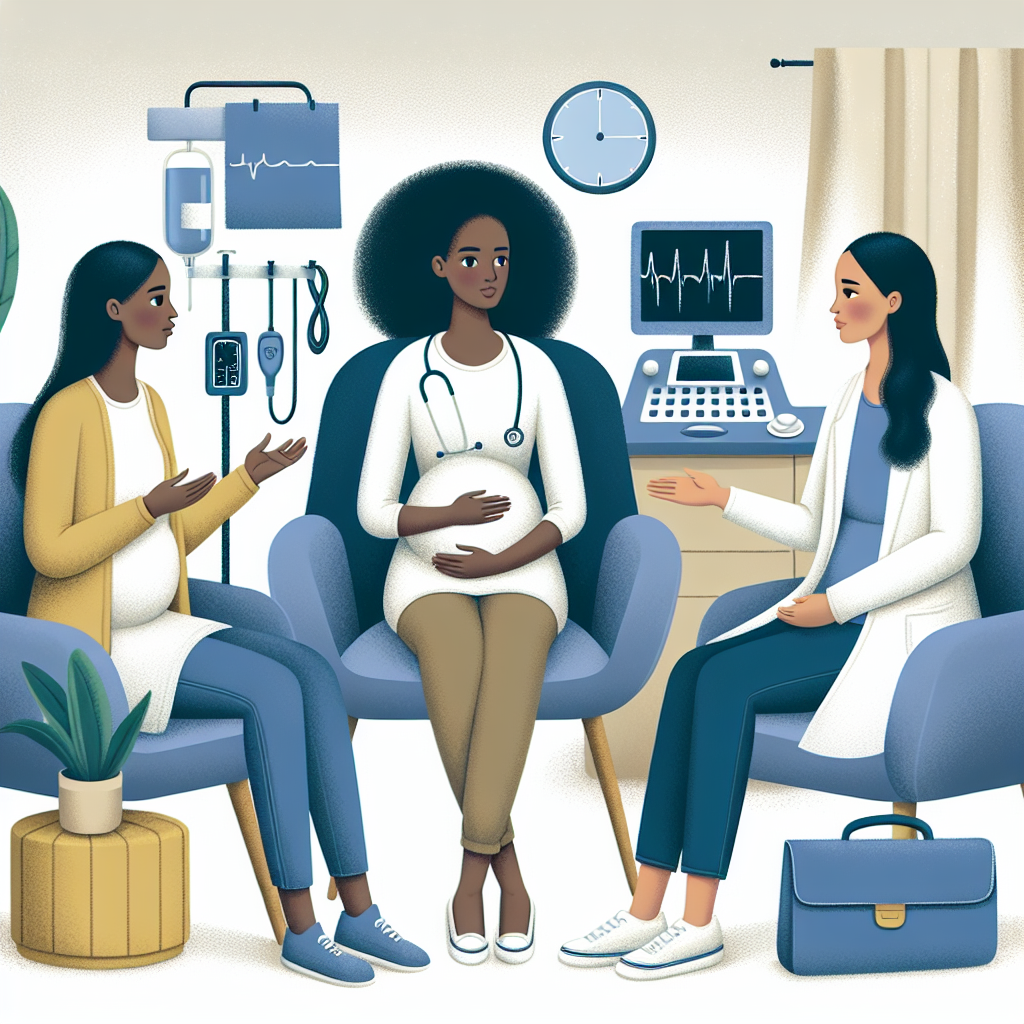Child Development: A Complete Guide to the Essential Stages
Every child is unique and goes through various stages of development at their own pace. However, there are certain common milestones that mark a child's progress from birth to adolescence. In this article, we will explore the different stages of development, focusing on motor development and language development.
Motor Development
Motor development refers to the child's ability to move and coordinate different parts of the body. This includes the development of gross motor skills - large body movements such as walking or jumping - and fine motor skills, which involve more delicate movements such as writing or using small tools.
In the first few months of life, the baby begins to develop head and neck control, followed by the ability to roll over and sit up. As the child grows, these movements become more coordinated and complex. At one year, most children can stand and start taking their first steps. But motor development doesn't stop there - it continues throughout childhood and adolescence, improving every day.
A key aspect of motor development is play. Through play, children improve their coordination, balance and strength, while learning new skills and understanding their physical limits. Physical activities such as climbing, running or sports also contribute to the motor development and general health of the child.
Language development
Language development is crucial in the early stages of a child's life. The process begins at birth, when babies communicate through crying and vocalizations. They quickly learn to recognize their parents' voice and the specific tones of human language. As the child grows, he begins to imitate sounds and words, then to form the first words and simple phrases.
Around age 2, a vocabulary explosion can begin, when children accumulate new words at a rapid rate and begin to use more complex sentences. It is essential to encourage this development through reading, conversation and role play. Language is not just about words, it also includes the ability to understand grammar rules, conversational tone and non-verbal language.
An important thing to remember is that each child develops language at their own pace. Although there are standard benchmarks, some children may be earlier or later speakers than others, which is usually normal. However, if there are concerns about the child's language development, it is important to consult a specialist.
Conclusion
Child development is a complex and fascinating process. Understanding the essential stages of motor and language development can help us better support our children's growth and development. It is vital that we give children the opportunities and encouragement they need to develop to their full potential. Through play, communication and physical activities, parents can play a decisive role in the healthy development of their children.
We encourage parents to continue to educate themselves about the various stages of development and use their knowledge to guide their children on the path to success. We invite you to explore other resources in our store or subscribe to our newsletter for more information on child growth and development.














































































































































